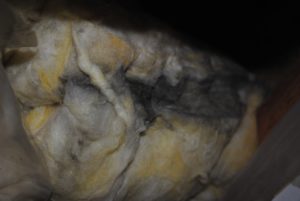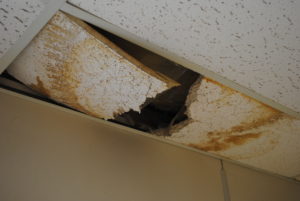When will Premier Wynne and Education Minister Hunter acknowledge that their one-size-fits-all education funding formula is not yielding the results Ontario citizens want to see in education?
The Ontario Alliance Against School Closures (OAASC) represents almost 900,000 voters across the province and wants education funding to accommodate the unique realities of communities in rural and Northern Ontario. They led a rally at Queen’s Park on November 21 to let Premier Wynne know that local public schools matter to their communities and that they expect a provincial government to provide a public education system that works for rural and northern communities in Ontario.
Fix Our School represents thousands of voters across the province and wants education funding to address the $15-billion of disrepair that has been allowed to accumulate in all of Ontario’s 72 publicly funded schools over the past 20 years. Members of Fix Our Schools joined OAASC at the rally on November 21, recognizing that it is hard for rural communities to care about fixing their local school – if they don’t have a local school to fix!
Our provincial government has the power over all education funding and the majority of policies that govern public education in this province. Yet, our provincial government routinely pushes all responsibility for the delivery of public education down to local school boards, which have very little power to effect change.
Premier Wynne and Minister Hunter: Please take the responsibility that must come with the power you have over public education and fix our schools – and the inherently broken formula which funds them!



